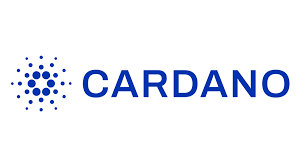On May 11, Cardano’s first Hydra node compatible with the mainnet was launched, ushering in a new era of scalability for the blockchain.
According to developer Sebastian Nagel, the launch follows months of rigorous testing to ensure that the layer2 scaling solution is ready for prime time.
The Hydra protocol aims to enhance the network’s scalability by increasing transaction speed through low latency and high throughput while minimizing transaction costs. With the updated Hydra node API, users can enjoy a smoother experience that accommodates their requests.
The launch of the Hydra head is just the beginning, as there are plans for multiple heads, each serving as an off-chain mini-ledger for a small group of users. These tools will significantly reduce fees and improve transaction speeds on the network.
Cardano developers can deploy complex decentralized applications on the blockchain network with the Hydra solution, further enhancing the blockchain’s capabilities.
But Cardano’s growth does not stop with the launch of Hydra. The network has added a decentralized stablecoin, DJED, and is preparing for its fifth upgrade, which is set to roll out later this year.
DeFi activities on the network have also steadily risen over the past months, with DeFillama data showing that the total value of assets locked on the network is currently $140.53 million.
Despite these developments, the ADA token has not seen significant value growth. Currently trading at $0.362, ADA has only increased by 2.6% in the last 24 hours, and it is down 10% in the previous 14 days.
Nonetheless, with more developments like Hydra, Cardano’s value proposition could increase, making it a more attractive investment option.



